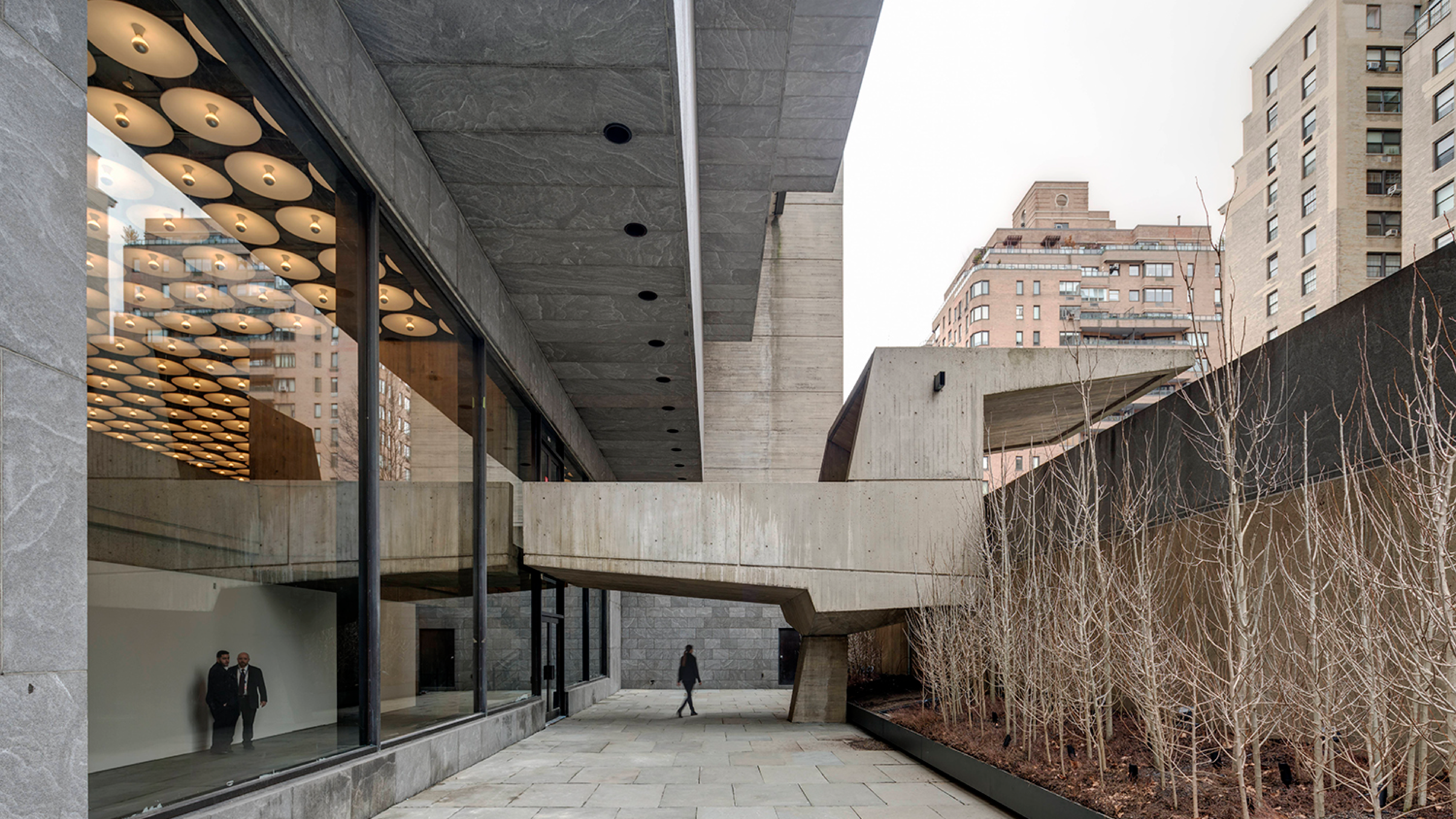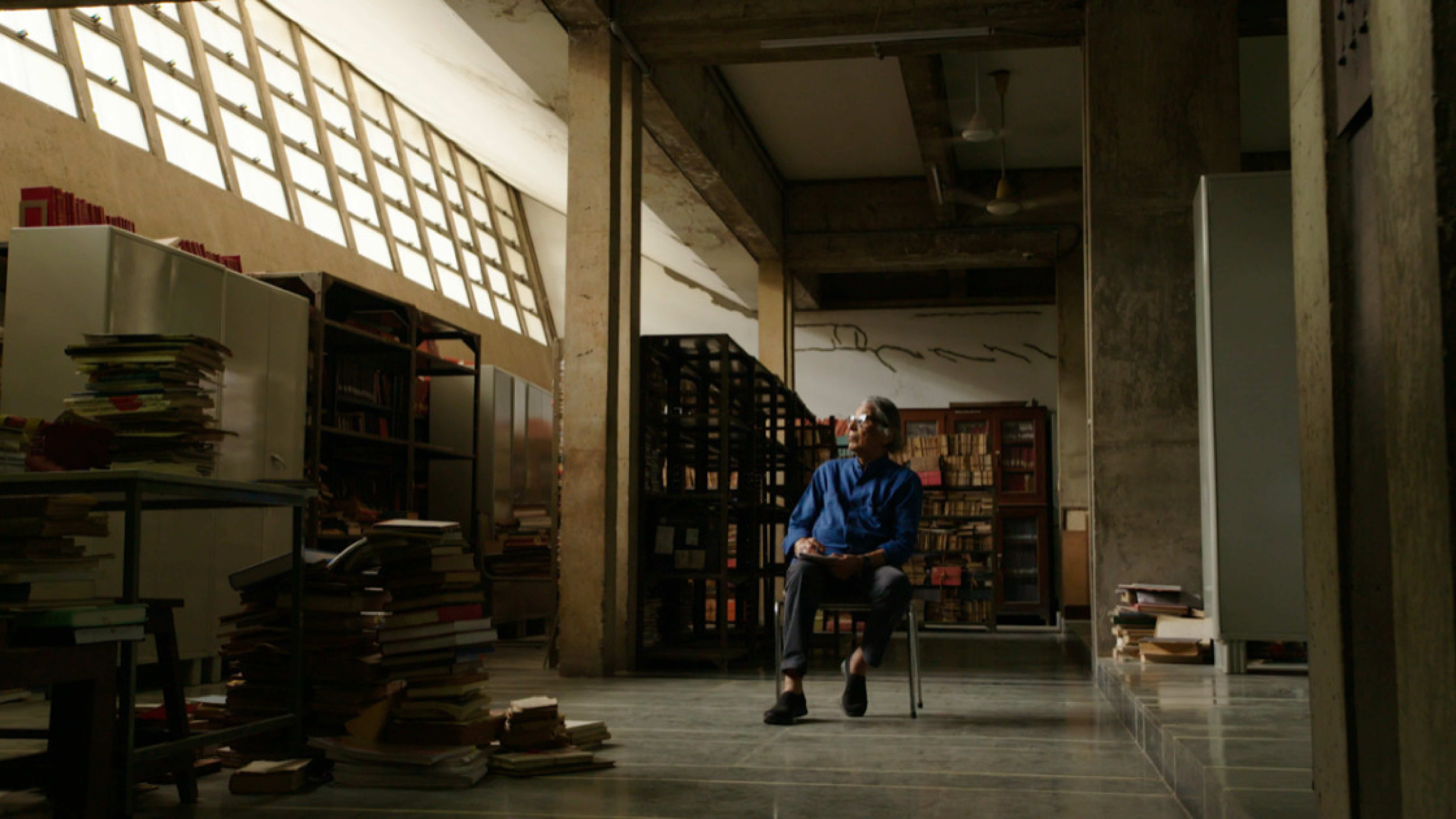The world of architecture is marked by visionary innovators whose contributions have shaped the way we live and experience the built environment. Among these icons is Marcel Breuer, a master of modern design and an influential exponent of the Brutalist movement. His history, notable works, influence, and awards are crucial to understanding his lasting impact on 20th-century architecture.
Born in 1902 in Hungary, Breuer showed exceptional talent from an early age and immersed himself in the world of art and design. His education at the famous Bauhaus School under the guidance of Walter Gropius marked a crucial point in his life. The Bauhaus, an epicenter of revolutionary ideas in design and architecture, profoundly influenced Breuer and prepared him for an innovative career.
Marcel Breuer played a fundamental role in the evolution of Brutalism, although his contribution to the movement is not limited exclusively to it. Breuer incorporated elements of Brutalism in some of his most outstanding works, merging his approach to modern design with the raw and expressive aesthetics of Brutalism. His experiments with materials, especially concrete, aligned with the principles of this architectural style. His focus on the expressive use of exposed concrete, without additional coverings, reflected the characteristic material honesty of Brutalism.

Marcel Breuer at the Whitney Museum of American Art, 1967. Courtesy of Evelyne Burnheim.
Breuer made an indelible mark on the architectural world with his iconic design of the Whitney Museum of American Art in New York. Completed in 1966, this structure represents a significant milestone in Breuer’s career and in the history of modern architecture. The Whitney Museum of American Art is an impressive testament to Breuer’s vision and his ability to combine functionality with striking aesthetics. The building, located at the intersection of 75th Street and Madison Avenue, is a manifestation of Breuer’s distinctive approach to exposed concrete, a fundamental characteristic of Brutalism.
The museum’s design is a bold expression of simple geometric forms and clean lines that create a commanding yet elegant presence in New York City’s urban landscape. The textured concrete facade gives the building a sense of solidity and monumentality, while its angled windows introduce a unique interplay between light and structure, adding visual dynamism to the whole.

The Met Breuer is located in the Upper East Side neighborhood of Manhattan, at 945 Madison Avenue. Courtesy of The Met Museum

The Breuer Building, 945 Madison Avenue, New York, 2023. Courtesy of Max Touhey
The Whitney Museum reflects Breuer’s commitment to integrating the surrounding environment into his architecture. The outdoor terrace on the top floor offers panoramic views of Manhattan, allowing the city to become part of the museum experience.
The combination of Breuer’s Brutalist aesthetics with his functional approach and his ability to create spaces that harmonize with the art they house ensures his position as an icon in the world of modern architecture.
The Breuer House in Massachusetts is another outstanding example of his architectural genius. This single-family residence, with its distinctive facade of cement blocks and innovative spatial arrangement, exemplifies Brutalist aesthetics and Breuer’s ability to integrate nature with architecture.

Breuer House I. Courtesy of Marilyngould via Flickr

Breuer House I. Courtesy of Marilyngould via Flickr
Breuer’s legacy goes beyond his physical creations. His focus on functional simplicity and material experimentation influenced later generations of architects and designers. The introduction of tubular steel in furniture, such as the Wassily and Cesca chairs, set standards in modern furniture design.
The Wassily chair, an icon of modern furniture design created by Breuer, also reflects his experimentation with materials like tubular steel, an element that, while not specifically Brutalist, shows a penchant for exploring new forms and functionalities, a trait shared with the Brutalist movement.
His vision of buildings as “machines for living,” combining clean lines with striking aesthetics, resonates in many contemporary designs. The fusion of form with function, a hallmark of his work, continues to be a significant influence in modern architecture.
Throughout his career, Breuer was honored with numerous awards and recognitions for his contribution to architecture and design. He received the Gold Medal from the American Institute of Architects and was recognized with the title of “Sir” by Queen Elizabeth II of the United Kingdom for his impact on the design of the Saint John’s Abbey Church in Minnesota. Additionally, his legacy endures through the Marcel Breuer Digital Archive, an online platform documenting his life, work, and contributions to the world of design.
Marcel Breuer emerged as a visionary architect whose innovation, material experimentation, and focus on functionality left an indelible mark on the history of modern architecture and the Brutalist movement. His ability to merge the aesthetic with the functional continues to inspire architects and designers worldwide, ensuring his eternal place among the great masters of design.

Wassily chair, created by Marcel Breuer in 1925. Courtesy of Knoll







Leave A Comment